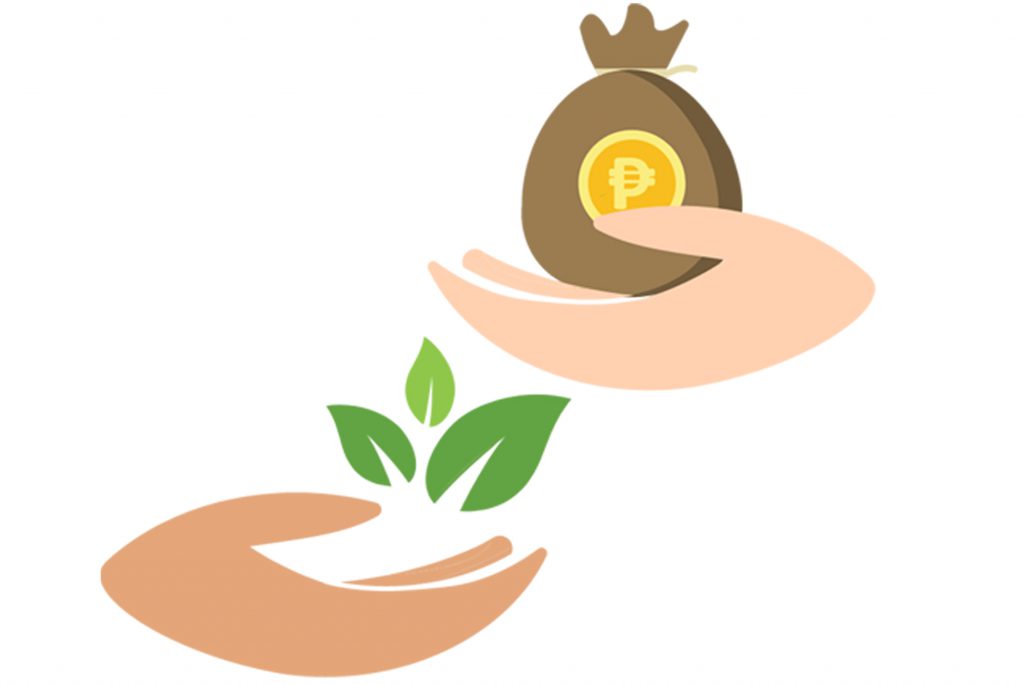
About the Program

What is [Enhanced] National Greening Program (ENGP)?
The Enhanced National Greening Program or the NGP as the DENR banner program is a convergence initiative of DA-DAR-DENR where the DENR stands as the lead agency. As a government priority pursuant to EO Nos. 23 and 26, both series of 2011, the NGP aims to:
1) contribute in reducing poverty among upland and lowland poor households, indigenous peoples, and in coastal and urban areas;
2) implement sustainable management of natural resources through resource conservation, protection, and productivity enhancement;
3) provide food, goods and services such as timber, fiber, non-timber forest products, aesthetic values, air enhancement values, water regulation values, and mitigate climate change by expanding forest cover that serve as carbon sink;
4) promote public awareness as well as instill social and environmental consciousness on the value of forests and watersheds;
5) enhance the formation of positive values among the youth and other partners through shared responsibilities in sustainable management of tree plantations and forest resources, and 6) consolidate and harmonize all greening efforts of the government, civil society, and the private sector.
What difference can the [E]NGP make?
Since the establishment of the program in 2011, the Department of Environment and Natural Resources has planted more than 1.8 billion seedlings within 2.17 million hectares of land within the country.
While NGP promotes agroforestry for its potential for carbon sequestration in climate change mitigation, soil erosion, runoff control, and economic productivity, it also serves as an alternative livelihood to our fellow Filipinos through economical upland activities using forest products.
Millions of jobs are being generated by the program alone. In 2016, the National Greening Program generated approximately 3.3 million jobs in the first 6 six years. In 2021, the program tops its 2020 record by 176% accomplishment wherein 60.4 million seedlings were planted, creating more than 50,000 jobs between January and August 2021. As of January 2022, the National Greening Program has created around 5.6 million jobs in upland and rural communities since 2011.
What will make it work?

Harmonization of Initiatives
The NGP is “first” as it consolidates and harmonizes all greening efforts, such as the Upland Development Program, Green Philippine Highways, Luntiang Pilipinas, and other similar activities of the government, private sector, local government units, and the civil society.

Provision of Incentives
All proceeds from agroforestry plantations, duly accounted by the DENR, shall accrue to the NGP beneficiary communities. This shall be given priority in the Conditional Cash Transfer (CCT) Program of the Department of Social Welfare and Development.

Social mobilization
The government, private sector, people’s organizations, non-government organizations, and civil society join hands in the activities of the NGP – as volunteer planters, long-term plantation stewards, or donors.
For the first time, the NGP is driven, not just by one, but by all government agencies through a National Convergence Initiative.

Use of Appropriate Science and Technology (S&T)
Target areas and inputs will be identified; land use optimized (determining site-specific crops/trees and markets); seedling quality ensured; and organic/ biofertilizers, such as Mycorrhizal fungi and vermicomposting, employed.
The NGP Targets
| YEAR | TARGET |
|---|---|
| Year 1: 100,000 ha | 100 M |
| Year 2: 200,000 ha | 200 M |
| Year 3: 300,000 ha | 300 M |
| Year 4: 300,000 ha | 300 M |
| Year 5: 300,000 ha | 300 M |
| Year 6: 300,000 ha | 300 M |
| 1.5 million hectares | 1.5 billion seedlings |
The NGP Objectives

Environmental Stability

Climate Change Adaptation

Food Security

Poverty Allevation

